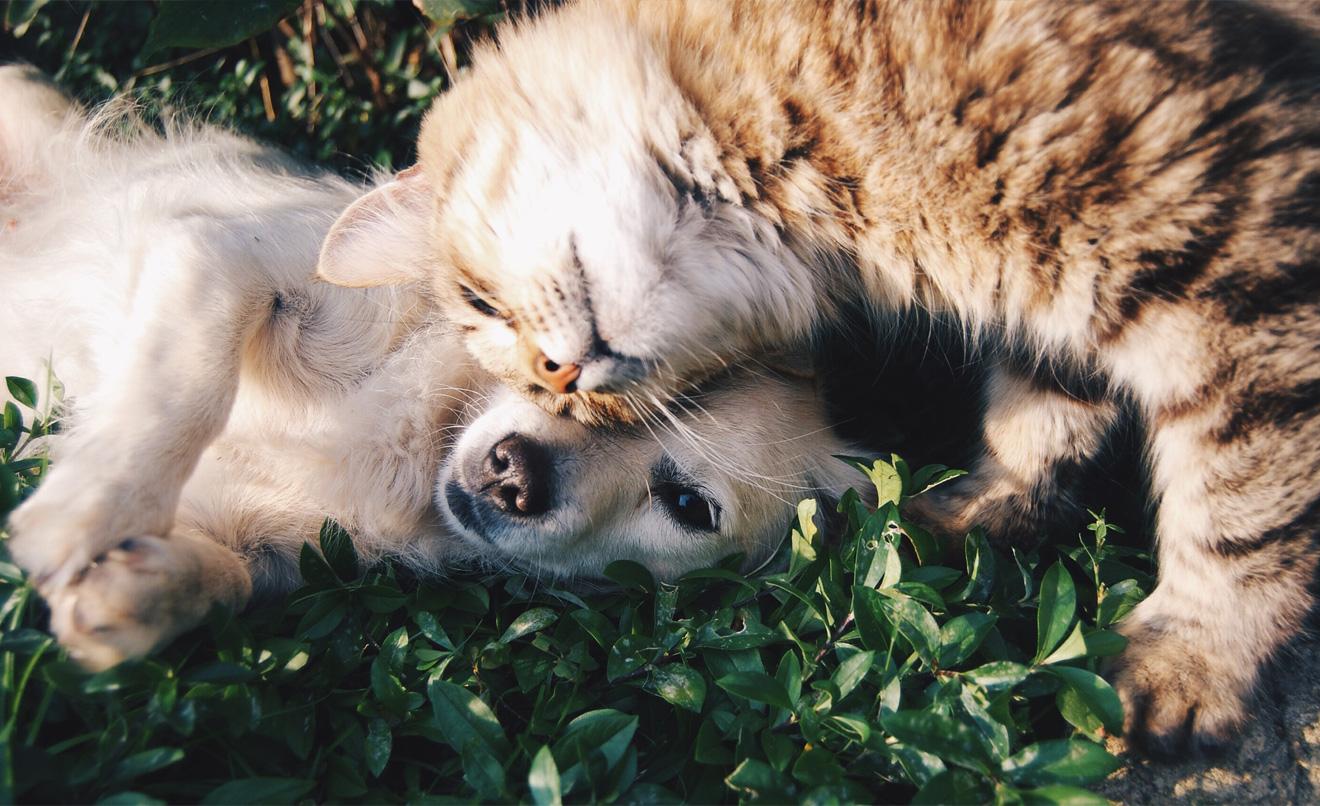Some of the ornamental plants we have at home may cause health disorders in our cats and dogs. Their symptoms may vary depending on the species and the amount consumed. Click here and take note!
Cats and dogs are curious by nature, and they love sniffing, nibbling or
even ingesting plants near them.
In most cases, there will be no major problem, but the leaves, fruits, berries
or flowers of some plants we usually have at home, on the terrace or in the garden
may be harmful to our pets’ health.
Presenting more or less severe symptoms will depend on the species and the
amount ingested, as well as on the concentration of the toxic principle the
plant has.
Here’s a list of the most common domestic plants that may be toxic and harmful
to our cats and dogs. Take note!
- ENGLISH HOLLY (Ilex
aquifolium): it’s well-known for Christmas decorations, but its
berries and leaves may cause gut disorders, vomiting and/or diarrhea.
- MISTLETOE (Viscum
álbum): its white berries contain viscotoxin, which is a substance
that may cause our pets gut and cardiovascular discomfort, difficulty breathing
and a slow heart rate.
- POINSETTIA (Euphorbia
pulcherrima): poinsettia’s sap contains irritating components that are
extremely toxic to animals and may cause them inflammation, trembling,
fatigue, and even dermal and ocular disorders caused by the contact of the
sap with the skin or eyes.
- GERANIUM (Geranium): it’s
an ornamental plant we can find in several backyards, balconies and terraces,
that may cause neurological and gastrointestinal disorders.
- DIDIER’S TULIP (Tulipa
gesneriana) and DAFFODIL (Narcissus
pseudonarcissus): both plants contain toxic alkaloids that may cause
severe gut disorders, which are mainly found within their bulbs.
- BARBADOS ALOE (Aloe barbadensis):
Barbados aloe is well-known for its beneficial properties for the skin,
but its gel and latex may be toxic for our cats and dogs and cause them
gut discomfort, trembling and weakness.
- IVY (Hedera
hélix): it’s an easy-care, fast-spreading creeper that causes mucosal
irritation, dysphagia and respiratory disorders in our cats and dogs if
they consume it.
- OLEANDER (Nerium
oleander) and PURPLE FOXGLOVE (Digitalis purpurea):
they are extremely harmful, especially for dogs, since they contain
cardiac glucosides that cause arrhythmia and severe heart disorders that
may provoke death.
- CENTIPEDE TONGAVINE (Epipremnum
aureum), TAROVINE (Monstera deliciosa) and CALLA
LILY (Zantedeschia aethiopica): due to their calcium oxalate
content, they may produce an intoxication case characterized by irritation
and swelling of the tongue and lips, vomiting, difficulty swallowing or
excessive salivation.
- BAY LAUREL (Laurus
nobilis): its component, eugenol, may cause gut irritation, vomiting,
diarrhea and other digestive disorders if our cats and dogs consume it in excess.
- LILY (Lilium
spp.): if our pets, especially our cats, ingest a small amount of any
part of the plant, they may suffer from acute kidney failure.
- EUCALYPTUS (Eucalyptus
globulus): its essential oils may be neurotoxic and convulsive.
What measures shall I take to keep my pets safe?
- Identify the toxic
plants you may have at home, and if you are not sure, consult your
veterinarian or a gardening expert.
- Place the plants in
safe places and out of reach of your pets.
- Educate and teach
your pets not to get near or ingest the plants.
What can I do if my cat or dog has consumed any of these plants?
If you suspect that your pet has consumed any toxic plants, it is quite
relevant to act quickly and take the proper measures.
- Always have the phone
number of your veterinarian on your contact list, and call immediately to
explain the situation. Go to the veterinarian’s office or emergency room.
- Take a picture or a
sample of the plant your pet has consumed in order to facilitate diagnosis
and treatment decisions.
- Keep calm and watch
the symptoms since some toxic plants may produce health disorders
immediately, so until you arrive at the veterinarian, it is quite relevant
to identify if your pet suffers from vomiting, convulsions, difficulty breathing,
etc.
